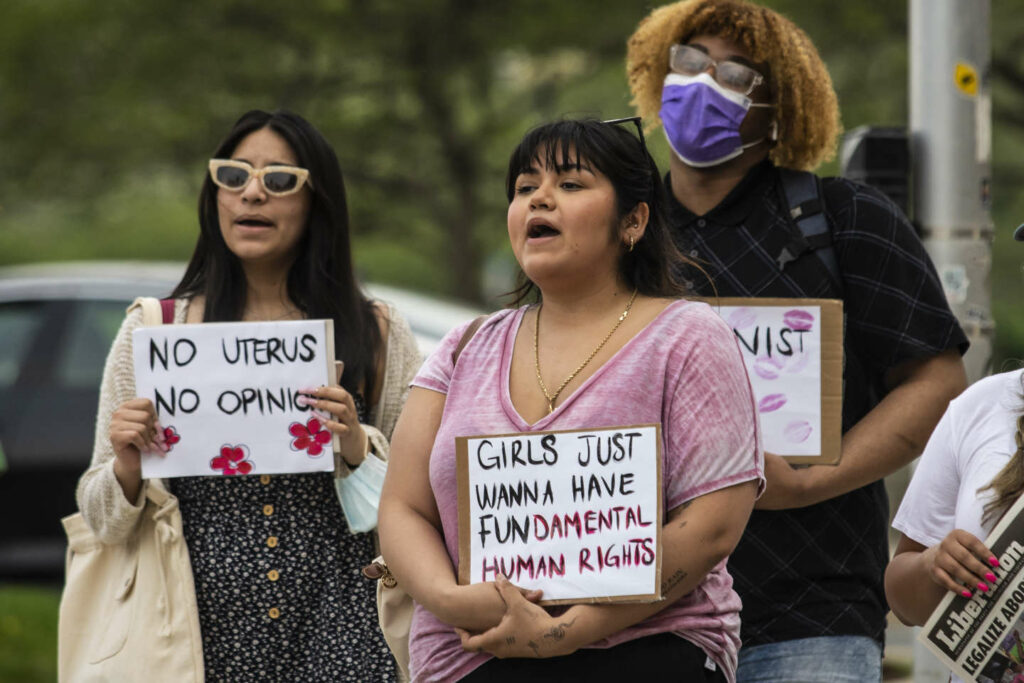Lhe disclosure of an internal document from the Supreme Court of the United States, Monday, May 2, seems to confirm that the institution would be ready to reconsider nearly fifty years of case law protecting the right to abortion. If, as is anticipated, the Court were to overturn Roe v. Wade (1973) and Planned Parenthood v. Casey (1992), the question would immediately become a prerogative of the federated states. However, this would represent a real danger to the health of people of childbearing age, who live, for the majority of them, in a state considered “hostile” to abortion (58%, according to the Guttmacher Institute). Some of these States have already adopted trigger laws “, laws that would come into force immediately if Dobbs v. Jackson Women’s Health [dossier qui pourrait aboutir sur la remise en cause de la jurisprudence Roe v. Wade] put an end to any constitutional protection of the right to abortion.
These anti-abortion laws, which are likely to be applied very quickly in the majority of states (twenty-six out of fifty, still according to the Guttmacher Institute), threaten the health of all people likely to be pregnant. History has indeed shown us that banning abortion does not put an end to the practice but relegates it to the far more dangerous sphere of hiding. Estimates on the number of annual abortions performed in the country before Roe v. Wade range from 200,000 to 1.2 million. These abortions were sometimes carried out by doctors or qualified health professionals who defied laws which they considered contrary to their obligations of care. In this case, operating outside of an official healthcare system made the procedures more dangerous. The reality of abortion was also for many isolated and desperate women to resort to less safe methods, including attempting to induce a miscarriage. Even if the image is distasteful, it is for this reason that the wire hanger has become a symbol of the period before Roe v. Wade!
Undue hardship
At that time, privileged women had easier access to safe abortion than poor women. Today, the same inequalities can already be observed. The states that are preparing to ban abortion, mainly in the center and in the south of the country, are among the poorest (for example, Mississippi or Louisiana). In these regions, people from ethnic and racial minorities are most likely to feel the impact of a full or partial ban on abortion. In Mississippi, while 38% of the population is black, 74% of abortions concern African Americans (according to the Kaiser Family Foundation). The situation, already complicated in this State which since 2006 has had only one clinic performing abortions (the Jackson Women’s Health Organization of the judgment expected soon), would prove to be dramatic. Illinois would then become the closest destination, but would not necessarily be accessible for the most vulnerable people who could not, for example, miss a few days of work, pay the cost of the trip or have their children looked after…
You have 46.04% of this article left to read. The following is for subscribers only.

